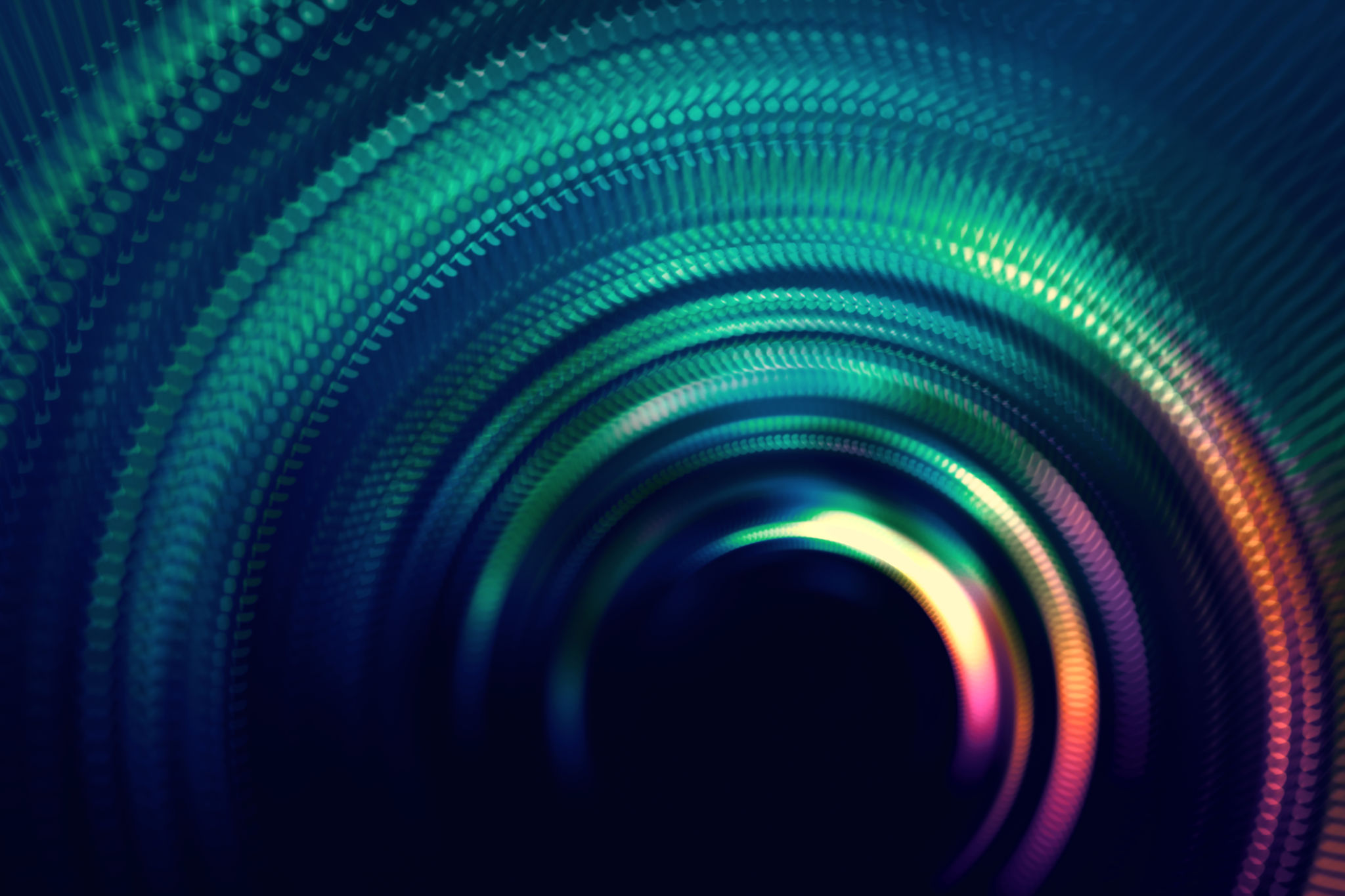Common Misconceptions About LED Lights and How They Affect Your Projects
Understanding LED Lights
LED lights have revolutionized the way we illuminate our spaces, offering energy efficiency, long life spans, and versatile applications. However, despite their growing popularity, many misconceptions about LED lights persist. These misunderstandings can influence how people perceive and utilize LEDs in their projects.

Misconception 1: LEDs Are Too Expensive
One of the most common misconceptions is that LED lights are prohibitively expensive. While it's true that the initial cost of LEDs can be higher than traditional lighting options, it's essential to consider the long-term savings. LEDs consume significantly less energy and have much longer lifespans, which can lead to substantial savings on electricity bills and replacement costs over time.
Additionally, as technology advances and demand increases, the cost of LEDs has been decreasing steadily, making them more accessible than ever before. Many utility companies also offer rebates and incentives for switching to energy-efficient lighting, further reducing the financial barrier.
Misconception 2: LEDs Produce Poor Quality Light
Another misconception is that LED lights produce harsh or low-quality light. In reality, LED technology has advanced significantly, and modern LEDs are capable of producing a wide range of color temperatures and high-quality light that is suitable for any setting. From warm, cozy glows to bright, daylight-like illumination, LEDs can cater to diverse lighting needs.

Furthermore, LEDs are available with high Color Rendering Index (CRI) ratings, which means they can accurately reproduce colors. This makes them ideal for applications where color accuracy is crucial, such as in retail or art galleries.
Misconception 3: LEDs Are Not Suitable for All Projects
Some believe that LEDs are only appropriate for specific applications, such as residential lighting. In truth, LEDs have a vast range of applications due to their durability, flexibility, and efficiency. They are widely used in commercial settings, outdoor lighting, automotive industries, and even in specialized areas like horticulture or medical fields.

The adaptability of LED technology allows them to be used in various forms, such as strip lights, panel lights, and recessed lighting, making them suitable for virtually any project or design aesthetic.
Misconception 4: LEDs Are Difficult to Install
Another misconception is that LEDs require complex installation processes. On the contrary, many LED products are designed for easy installation. For instance, LED bulbs can often be directly retrofitted into existing fixtures without the need for additional equipment or significant electrical work.
For more intricate setups, such as LED strip lighting or integrated systems, manufacturers typically provide clear instructions and support to ensure a smooth installation process. With the right guidance, installing LED lighting can be a straightforward task.
Conclusion
Understanding these common misconceptions about LED lights can help you make informed decisions when planning your lighting projects. LED technology continues to evolve, offering innovative solutions that cater to a wide range of needs and preferences. By dispelling these myths, you can fully leverage the benefits of LED lighting and enhance the efficiency and aesthetics of your spaces.